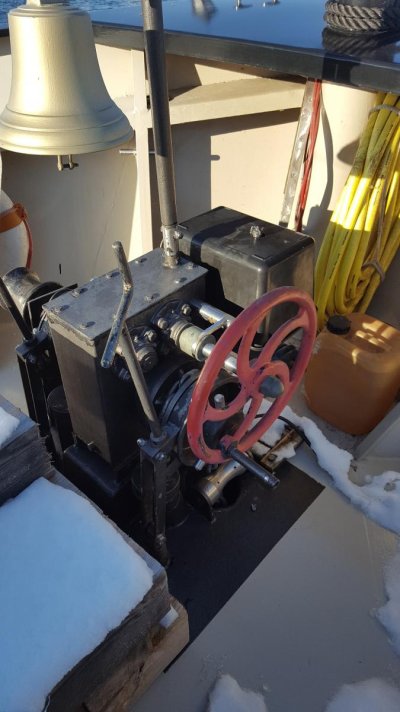eyschulman
Guru
- Joined
- Apr 1, 2014
- Messages
- 1,288
For those worried about having to cut the bitter end line in a emergency I offer the following. Use a three plait line and with the line all out weave a small loop into the line where you can cut aft of the loop. Have a float with a magic marker anchor on it and a strong lite line deeper than water with a snap on the end that can be run back through your roller and under any bail on it to snap on the loop. then cut behind the loop and snap and throw float over side.

